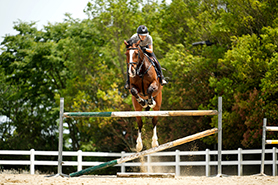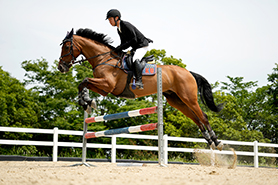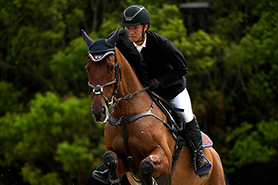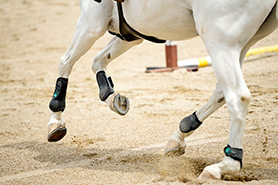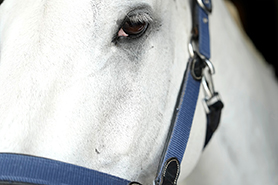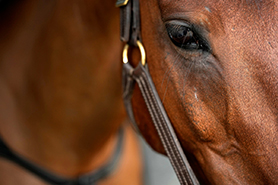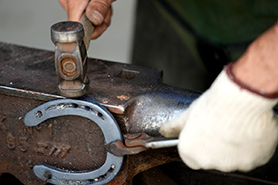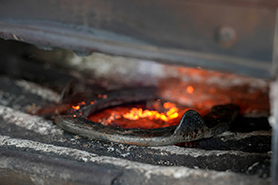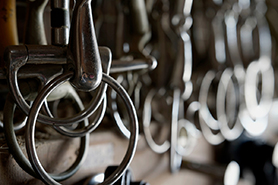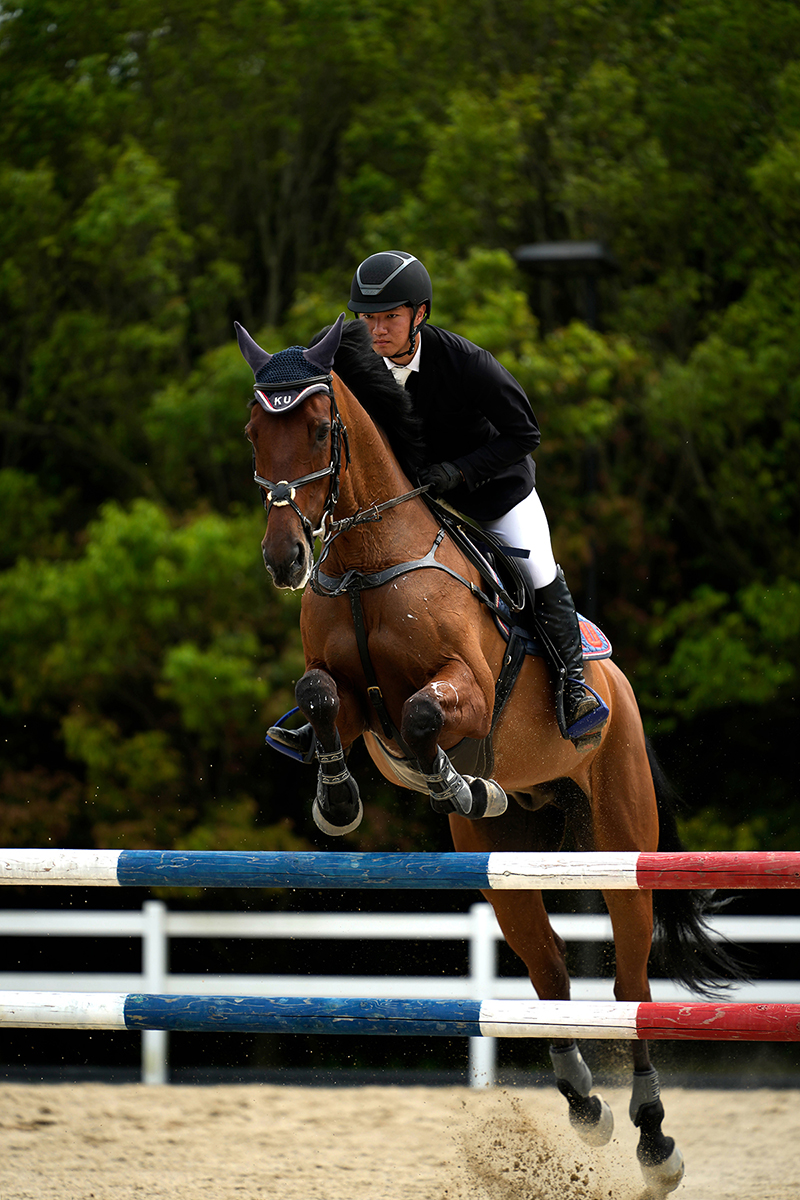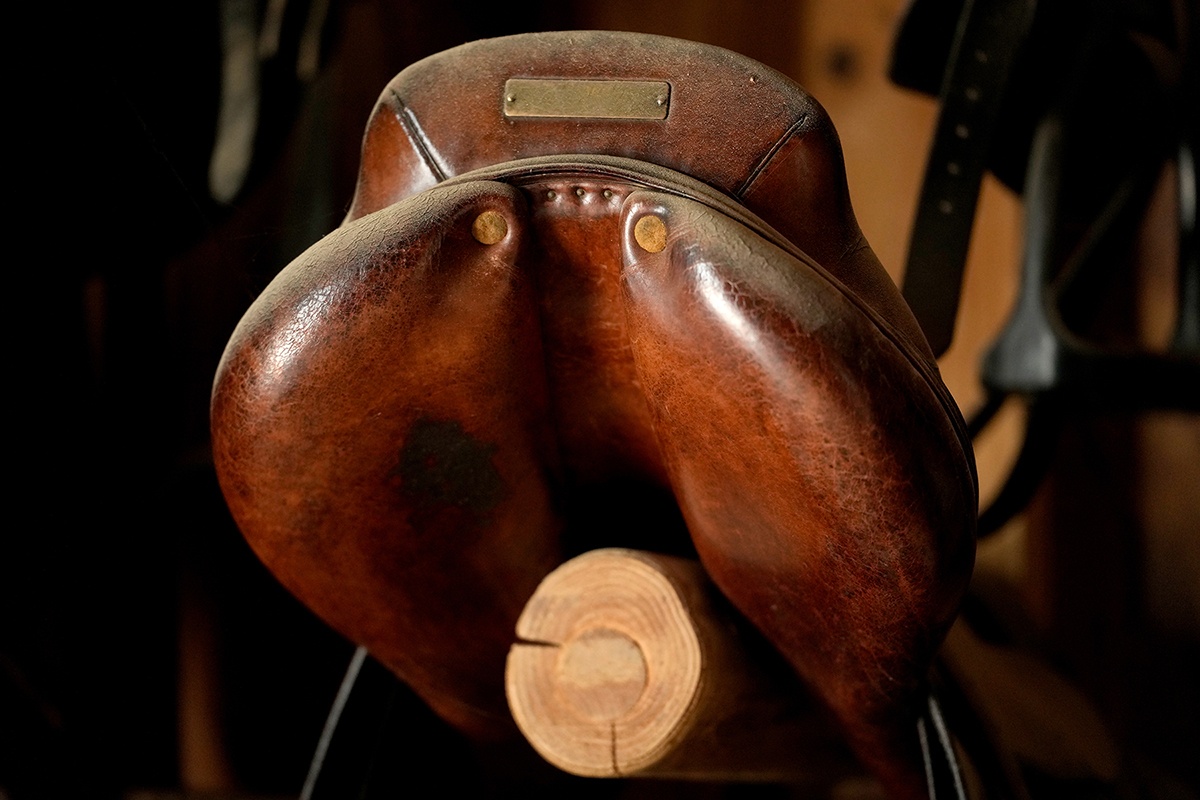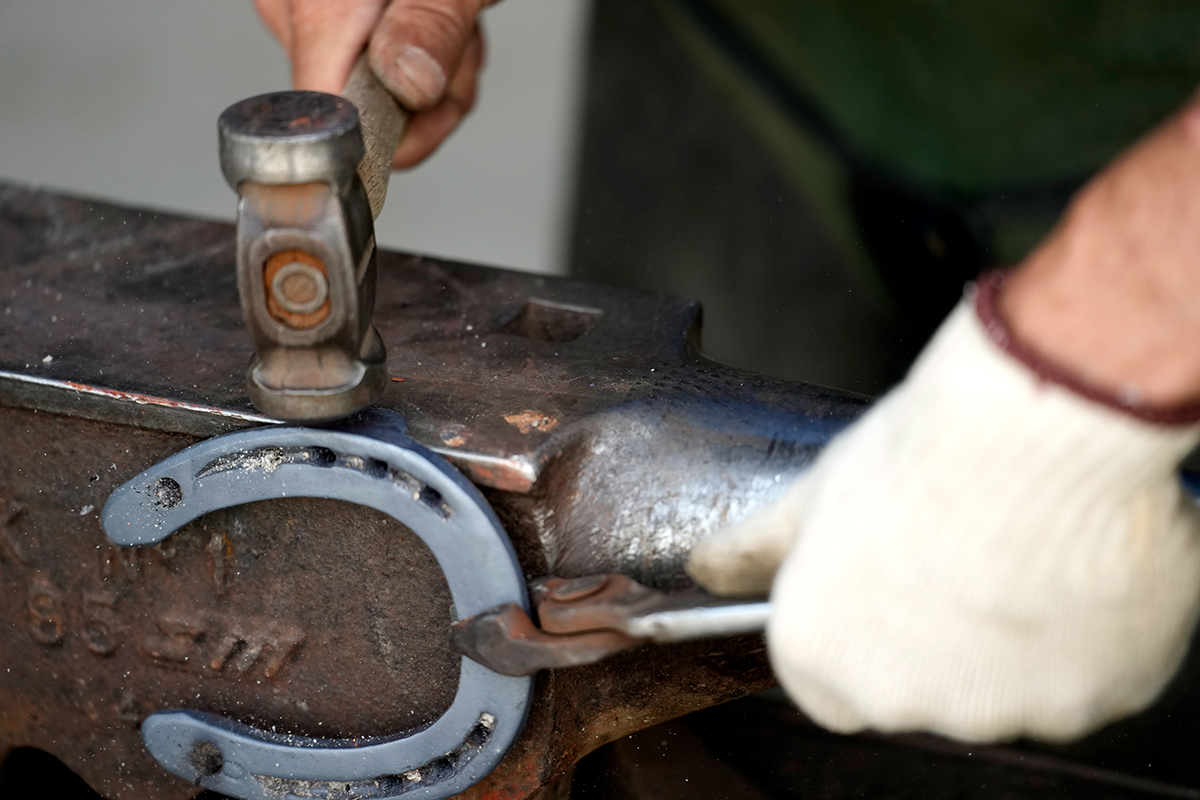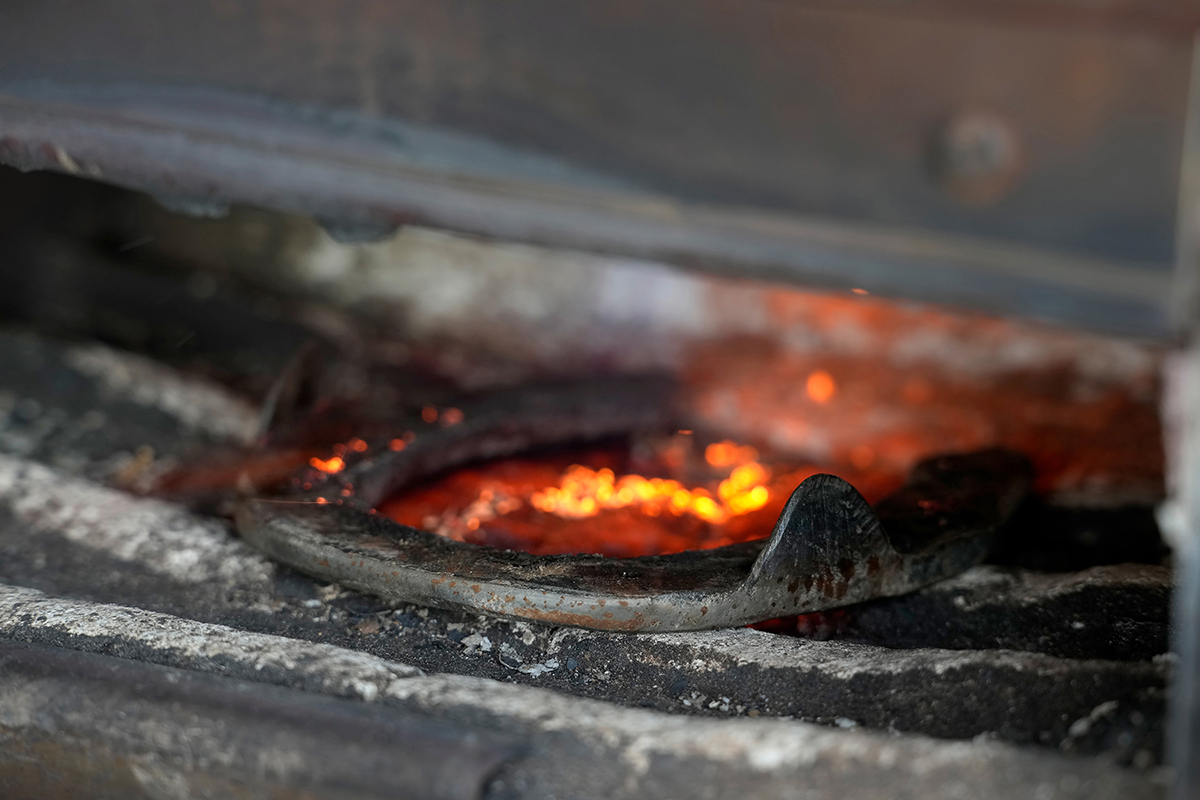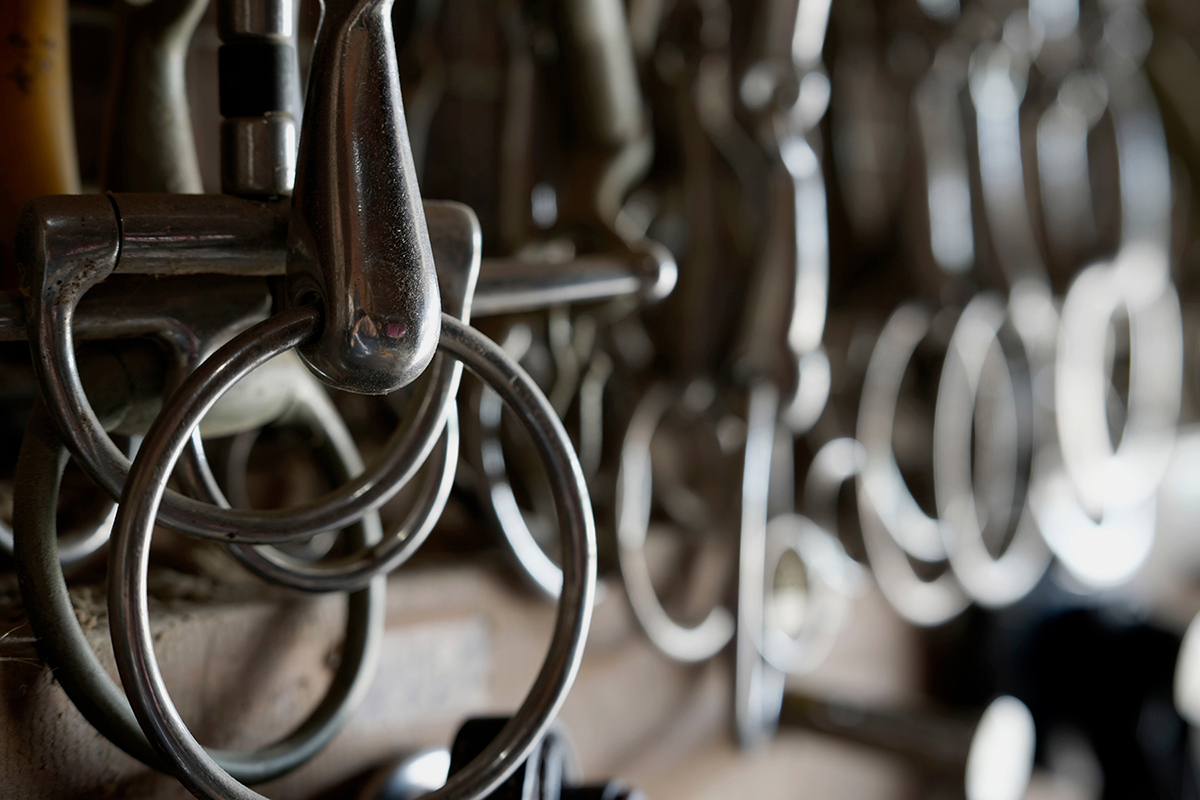Tamron 70-180mm F/2.8 Di III VC VXD G2 (Model A065)
More Photo Tips | Video Gallery | Photo Gallery | Enewsletter sign-up
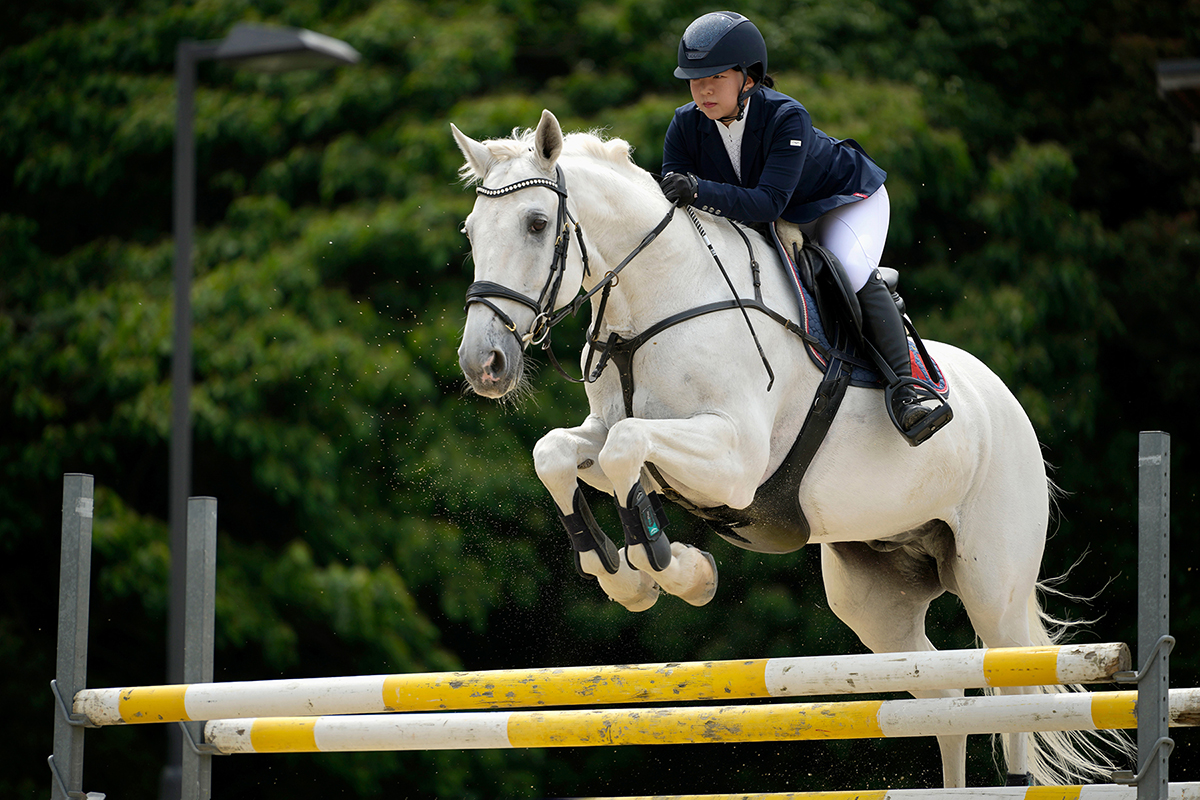
I photograph competitive sports on a regular basis. I travel to competition venues to take photos as a member of the press. But sports photography is not just about photographing the competition underway; by capturing those members together with the background, I think you can achieve more compelling photographic expressions.
On this occasion, I went out to shoot equestrian using the TAMRON 70-180mm F/2.8 Di III VC VXD G2 (Model A065). A lens with this focal length range is a must-have item for us sports photographers. It’s the focal length range you need for all kinds of sports, and a fast F2.8 aperture is another absolute requirement that allows you to shoot in all kinds of environments. These are my impressions shooting with the lens mounted on Sony’s flagship α1 body.
Equestrian events are one of the rare sports where people and animals compete together as a team. It’s also important for the rider to interact with the horse regularly to build up a relationship of trust. That’s why I captured all kinds of scenes, from the riders interacting with their horses, to the various tools they use.
For this shoot I used the 70-180mm F2.8 G2. As I mentioned earlier, this focal length lens is what we, sports photographers, would consider to be a “standard lens,” and it’s the kind of lens that gets used the most often. We have to be able to shoot in every environment where sports take place, whether indoors or outdoors, in all kinds of weather and times of day. We are now in an era where equipment is expected to be lightweight and compact. When choosing a lens, we cannot compromise on AF performance or image quality.
In the orthodox style of sports photography, I photographed the horses jumping. I placed the focus point a little above center, tracking the movement of the horse while focusing in order to capture the moment it jumps. A key point to getting a nice-looking shot of a horse jumping is to increase up your continuous shooting speed, and have an image of the moment you want to capture prior to shoot. This lens has the AF speed and precision that frees you to shoot in a way that can recreate the ideal shot you have envisioned, from the way the horse’s legs bend to how it kicks up the sand and where the rider is looking.
To freeze the subject in action under all kinds of shooting conditions, as well as to get the subject to stand out from the background, being able to properly shoot at the F2.8 wide-open aperture is another minimum requirement for choosing a lens.
When I shot with the horse’s eye in focus, the detail in the hair around its face and the smooth bokeh from its neck down to its body are testament to the power of this lens.
In all honestly, until now I had not done a lot of shooting with VC in mind. In sports-related photography there have always been two kinds of motion blur, the shake of the lens and the blurring motion of the subject, so selecting a shutter speed that avoids both of these has always been necessary. This lens is equipped with the VC mechanism, and when I tried it out, I realized how much it expands the breadth of photography. I think it will prompt ideas for shots that I haven’t considered until now.

